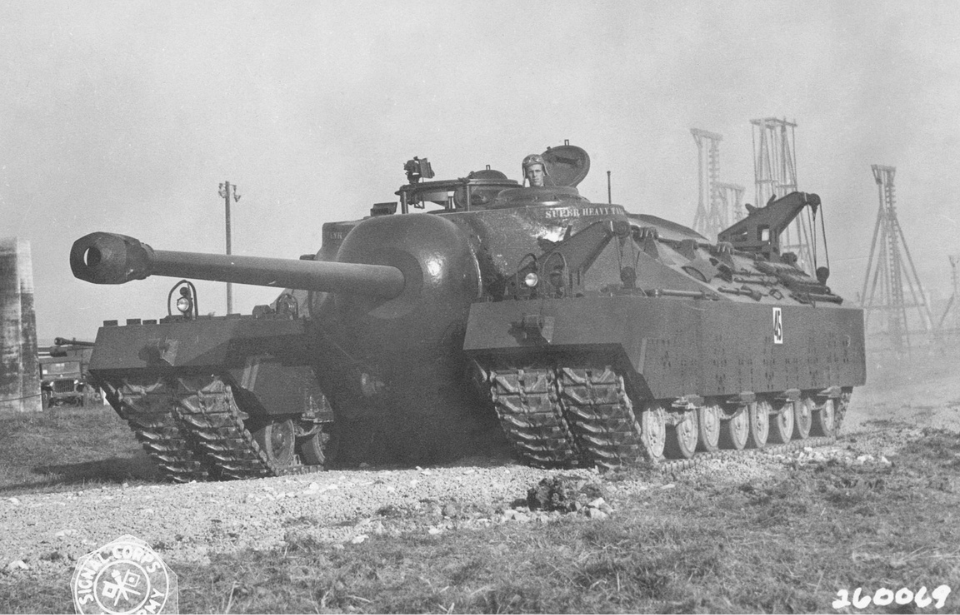The significance of tanks in warfare experienced substantial growth after their introduction in World War I, and their importance became even more prominent during the Second World War. As the conflict continued to draw on in both Europe and the Pacific, the United States acknowledged the necessity of enhancing its firepower for a decisive victory, resulting in the development of the T28 Super Heavy Tank.
Unfortunately, the project met an abrupt end, with only two prototypes of this formidable military vehicle being constructed. One of these units suffered damage during testing, while the fate of the other took an unusual turn, remaining lost for several decades, instead of being destroyed or securely stored.
The United States wanted to match the German Army’s powerful tanks
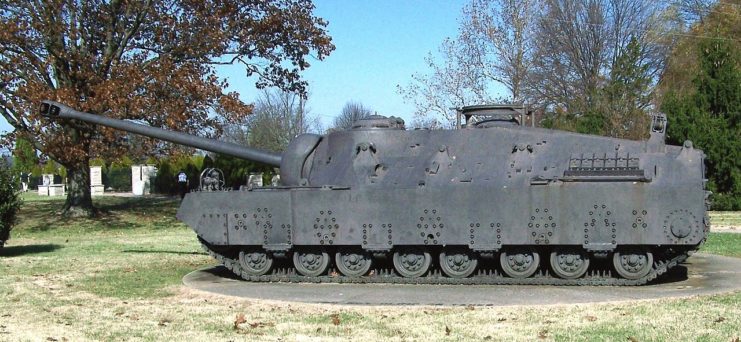
Ultimately emerging victorious in World War II, the US and its Allies gleaned invaluable lessons about the dynamics of conflicts and their potential conduct in the future. Even amid the ongoing war, the US military was actively seeking ways to bridge existing gaps. A notable advantage the Wehrmacht held over the Allied forces was their tank superiority, epitomized by the Siegfried Line, which posed a formidable barrier against Allied attempts to breach into Germany.
Commencing in 1943, the US initiated plans for a new tank, later designated the T28 Super Heavy Tank. Engineered to be robust, this new vehicle aimed to possess the strength to penetrate enemy lines while ensuring ample security for those within the tank.
The United States begins work on developing prototypes
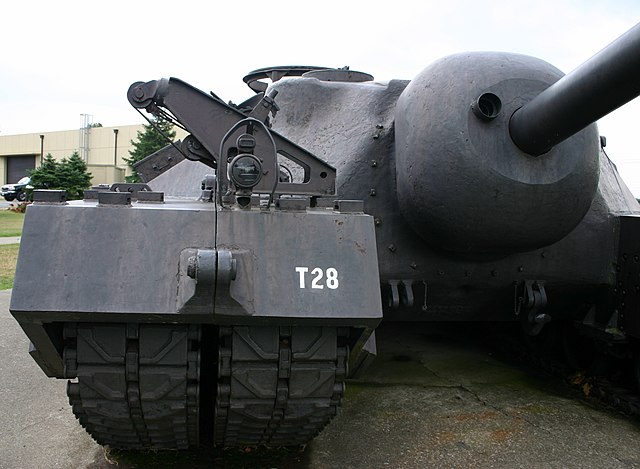
In March 1944, the decision was made to build five of the T28 Super Heavy Tanks, which would each be outfitted with an 105 mm T5E1 anti-tank gun for their main armament and a .50 caliber Browning heavy machine gun as their secondary weapon. The vehicle was built with a much thicker body than other tanks of the era. The metal, as thick as 12 inches at some points, was thought to be durable enough to protect against anti-tank fire.
Issues arose, however, during the construction process. Due to the T28’s size of 95 short tons, the tank could only achieve a maximum speed of around 8 MPH. As well, there were serious problems when it came to driving over obstacles.
The T28 Super Heavy Tank wasn’t really needed at all
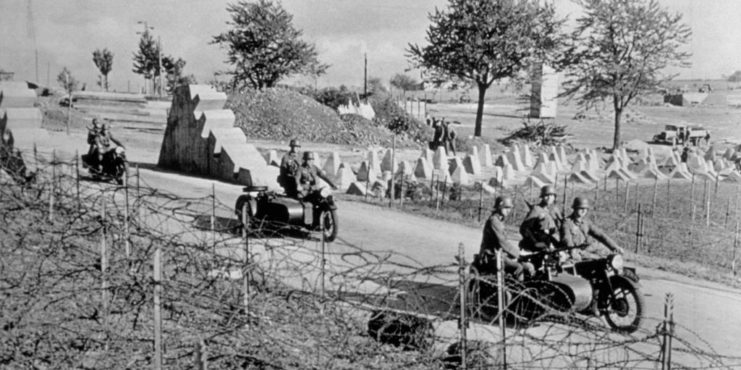
As aforementioned, the initial plan for the T28 Super Heavy Tanks was to use them to smash through the Siegfried Line. However, beginning in mid-1944, the Allied forces began an all-out attack on the defensive line, and by early 1945, all of the bunkers along it had fallen.
Those in charge decided the T28s would now be used on the Japanese mainland. However, Japan surrendered before the tanks could be sent overseas, following the bombings of Hiroshima and Nagasaki. This led the US government to scrap any plans to further develop the vehicles. Only two prototypes were ever completed, with one becoming heavily damaged during testing at Yuma Proving Ground and ultimately sold for scrap.
The remaining T28 Super Heavy Tank was lost for decades
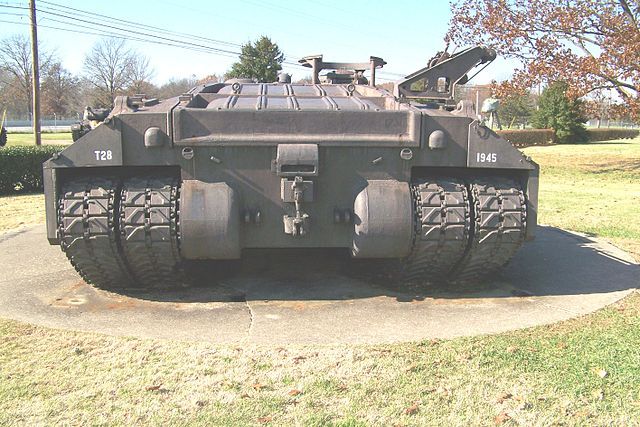
Given the circumstances surrounding the conclusion of the Second World War, the T28 Super Heavy Tank proved to be largely unnecessary. Moreover, extensive testing of the vehicle exposed flaws that would have undoubtedly manifested on the battlefield. Consequently, the US military opted for a different approach, favoring a tank that wasn’t super heavy but rather lighter and more adaptable in design.
In the subsequent years, as the US engaged in conflicts in both Korea and Vietnam, the T28 tank was conspicuously absent from the battlefield. The WWII-era design had faded into obscurity, no longer a part of the military’s strategic considerations.
The T28 Super Heavy Tank was eventually found in the weeds
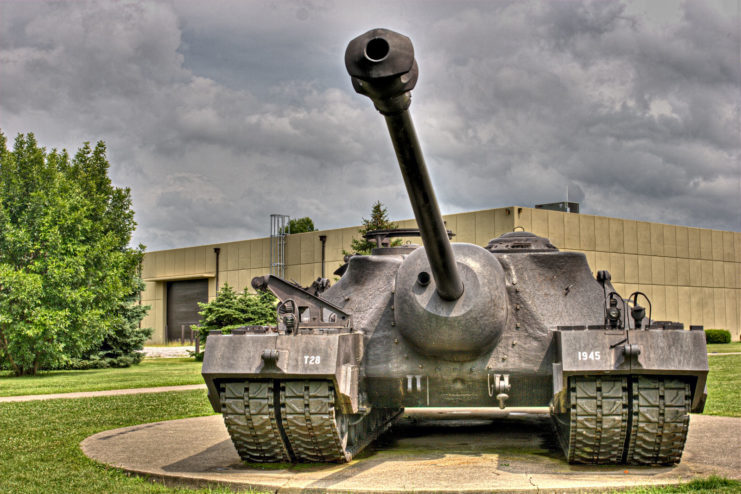
The military was so focused on new tank models that, somehow, the remaining T28 Super Heavy Tank prototype was completely misplaced. It wasn’t until 1974, 27 years after it went missing, that it was located in a field at Fort Belvoir, Virginia. It had been left to the elements for so long that weeds had started to grow into it.
More from us: A British Challenger 1 Set the Record for the Longest Tank-on-Tank Kill in 1991
Since its discovery, the prototype has been treated with much more respect. It was transferred to the General George Patton Museum at Fort Knox, Kentucky and remained there for a number of years, before being moved to Fort Benning, Georgia’s Patton Park.
